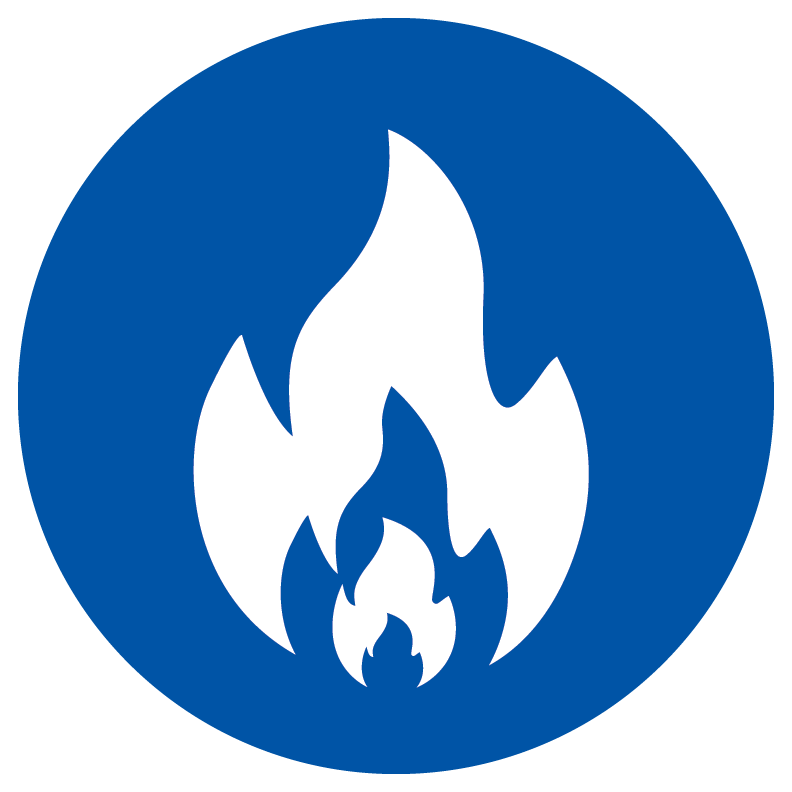Life Saving Rules are essential safety principles that when followed, will protect employees from serious injury or death. These rules were developed around hazards specific to Mauser Packaging Solutions and are focused, clear and simple, actionable, and observable.
HOT WORK
Hot Work is any work using open flames or sources of heat that could ignite materials in the work area.
Although hot work is commonly equated with welding and torch cutting, it also includes activities such as burning, brazing, open-flame soldering, open-flame torch heating, and high speed metal grinding and cutting. These activities are considered hot work because the sparks and molten material, which reach temperatures greater than 1000°F, can easily travel more than 35 feet.

Studies show that hot work causes many fires each year. Around the globe, hot work is responsible for up to 15 percent of workplace fires. NFPA data shows that almost 2,600 hot work fires occur each year in US industry, causing over $200 million USD in damage.
Often, a maintenance shop includes a work area specifically designed for hot work. It is ideal to perform all hot work in these areas. However, when hot work is needed to erect/modify a building, install metal structures, or perform repairs on larger equipment; it may not be feasible or realistic to move the work to the shop. In these cases, the hot work MUST be performed under a permit.
Hot work on enclosed equipment is particularly dangerous and requires additional controls!
Hot Work Permit
A written form is used before engaging in hot work outside of designated areas. The form is essential to ensure all preparations and fire prevention measures are completed in sequence and properly documented. Some activities, such as fire watch, must be continued for a specified time after the hot work is completed.
Important Hot Work Steps to Remember
- Ensure sprinklers are in service
- Inspect hot work equipment to be used
- Remove flammable liquids and combustibles
- Protect floor and wall openings
- Sweep floors and clean dust from overhead structures
- Use fire resistant covers and shields when needed
- Provide trained and equipped fire watch
- Fire watch during hot work and 30-60 minutes after completion
- Maintain surveillance for the required time following completion
Our Commitment to Hot Work Safety:
- Before starting any hot work, I will pull and follow the required hot work permit.
- I will follow all hot work permit requirements.
- I will always:
- Confirm flammable materials
have been removed or isolated, - Provide fire protection,
- Appoint a fire watch,
- Maintain surveillance for the required time following completion.
- Confirm flammable materials

